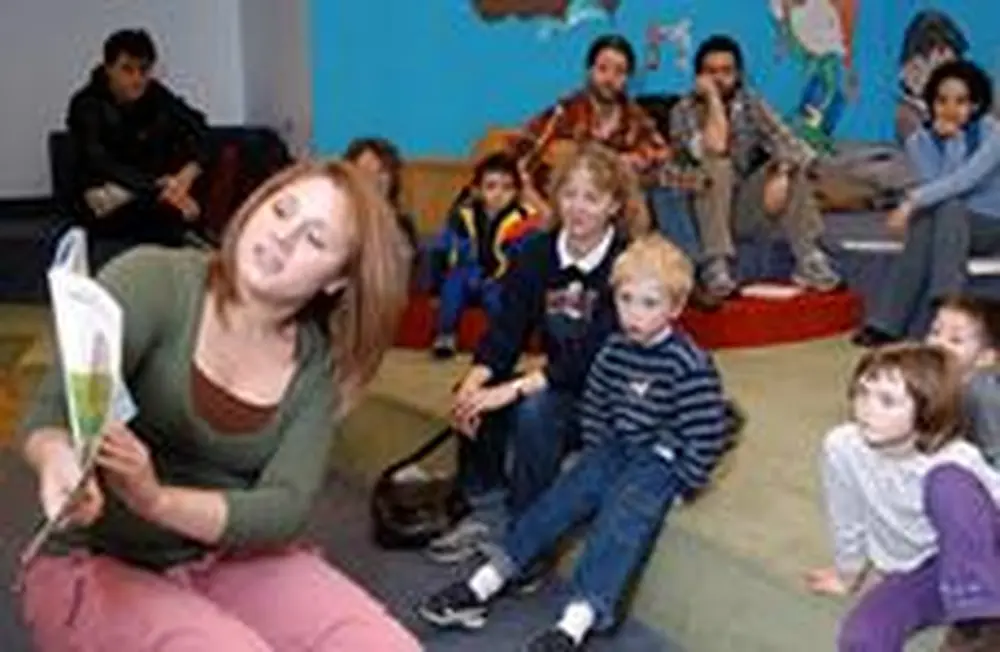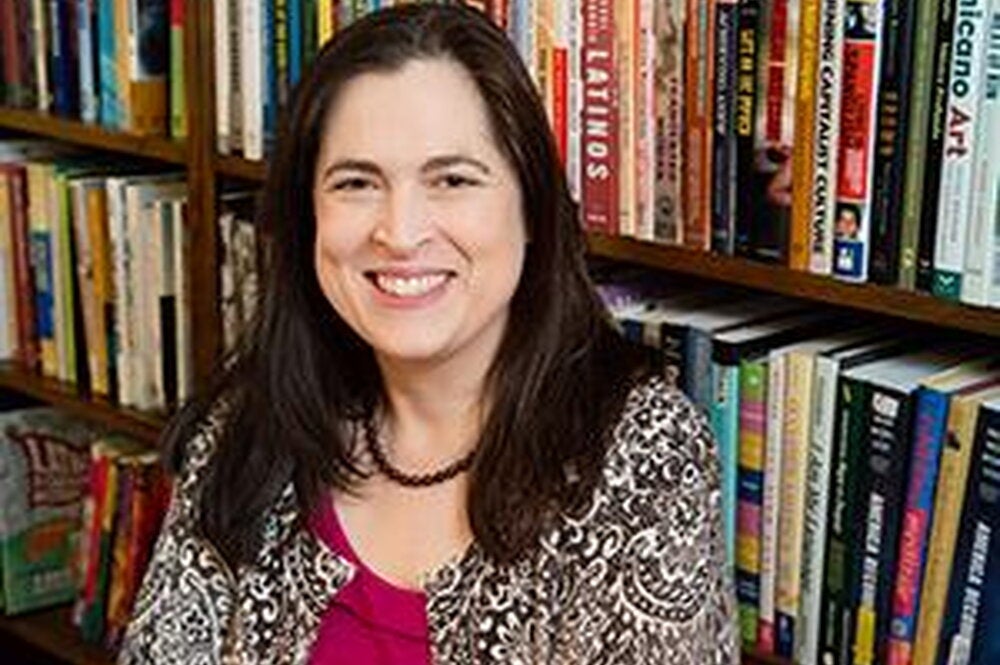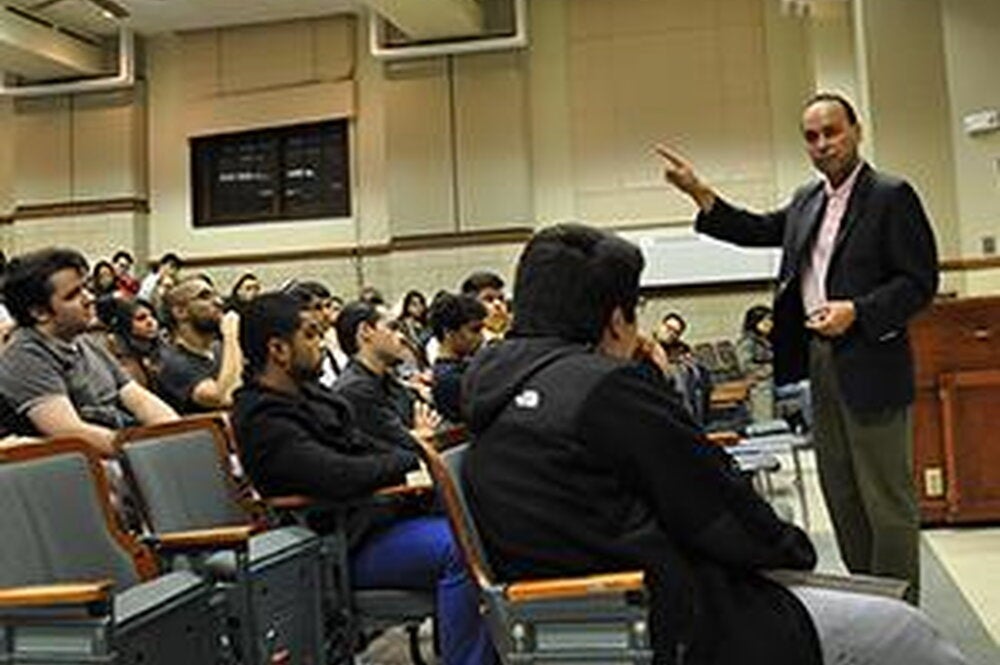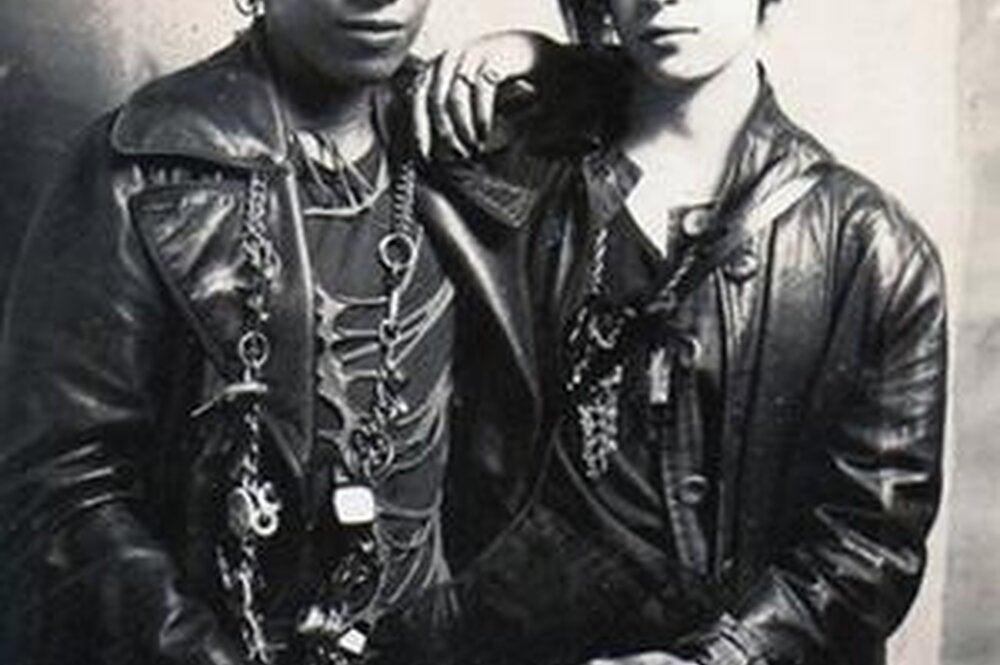

LAS student Ashley Mazzola recalls the bewildered look of the young Venezuelan boy whom she was helping with a craft project when she told him she was born in Illinois. "But how do you speak Spanish?" he asked.
His assumption that only those from Spanish-language countries speak Spanish made her laugh, she says, but his underlying observation that Americans are provincial also reinforced her desire to encourage bilingualism in this country.
Mazzola is a senior in teaching of Spanish, and one of about a half-dozen students from U of I who are trying to help the local Spanish-speaking population better integrate into the community by increasing the number of Spanish-language programs available, especially for young children. The vehicle they are using is "Spanish Time," a program for children ages 4 to 9 that combines music, crafts, and storytelling, and is held in local libraries on alternate Saturdays throughout the U of I school year. The program was developed by the College of Liberal Arts and Sciences' Center for Latin American and Caribbean Studies to reach out to both Hispanics and non-Hispanics.

"With the rise in the local Hispanic population, it is important these communities mingle instead of remain segregated," says Renata Johnson, the outreach coordinator for the center, who moved to Champaign last August to work in the outreach program. "Even at one of the local schools where 25 percent of the population is Hispanic, the students don't mix. We're trying to change that."
Johnson points to an increasingly globalized world as one reason why it is important for all children to know other languages and cultures. Greater understanding among cultures, and the goodwill that it will hopefully bring, is another key reason for sponsoring the program.
Although Johnson oversees the program, the legwork is done by undergraduate and graduate students. This year's musicians are graduate students in anthropology, urban planning, and music. Mazzola reads the stories and leads the crafts. She and Johnson choose the monthly themes, usually geared around major celebrations, and select the books and crafts to fit. They try to pick stories that are well-known so that non-Spanish-speaking students can also follow along.
Libraries were ideal venues because of their symbolism as gathering places for the entire community. "By holding the programs here," says Johnson, "the community was extending a symbolic welcome to the Hispanic population."
In Champaign County, Hispanics comprise about 4 percent of the population, which is much lower than the 14 percent for the state as a whole. Still, the growth has accelerated in recent years.

Previous attempts by local libraries to have Spanish language programs have been sporadic due to a scarcity of bilingual staff. The Center for Latin and Caribbean Studies hopes that their access to a steady stream of bilingual students will ensure continuity.
Thus far, the response by the public and libraries has been enthusiastic, with the program beginning to draw regular attendees. The U of I students enjoy breaking out of the "campus bubble." Mazzola says that becoming part of the community is what she found most rewarding. "I see parents at the bus stop or at Wal-Mart and I can say hi to them and their kids, and I can't wait to see them at the next event."


